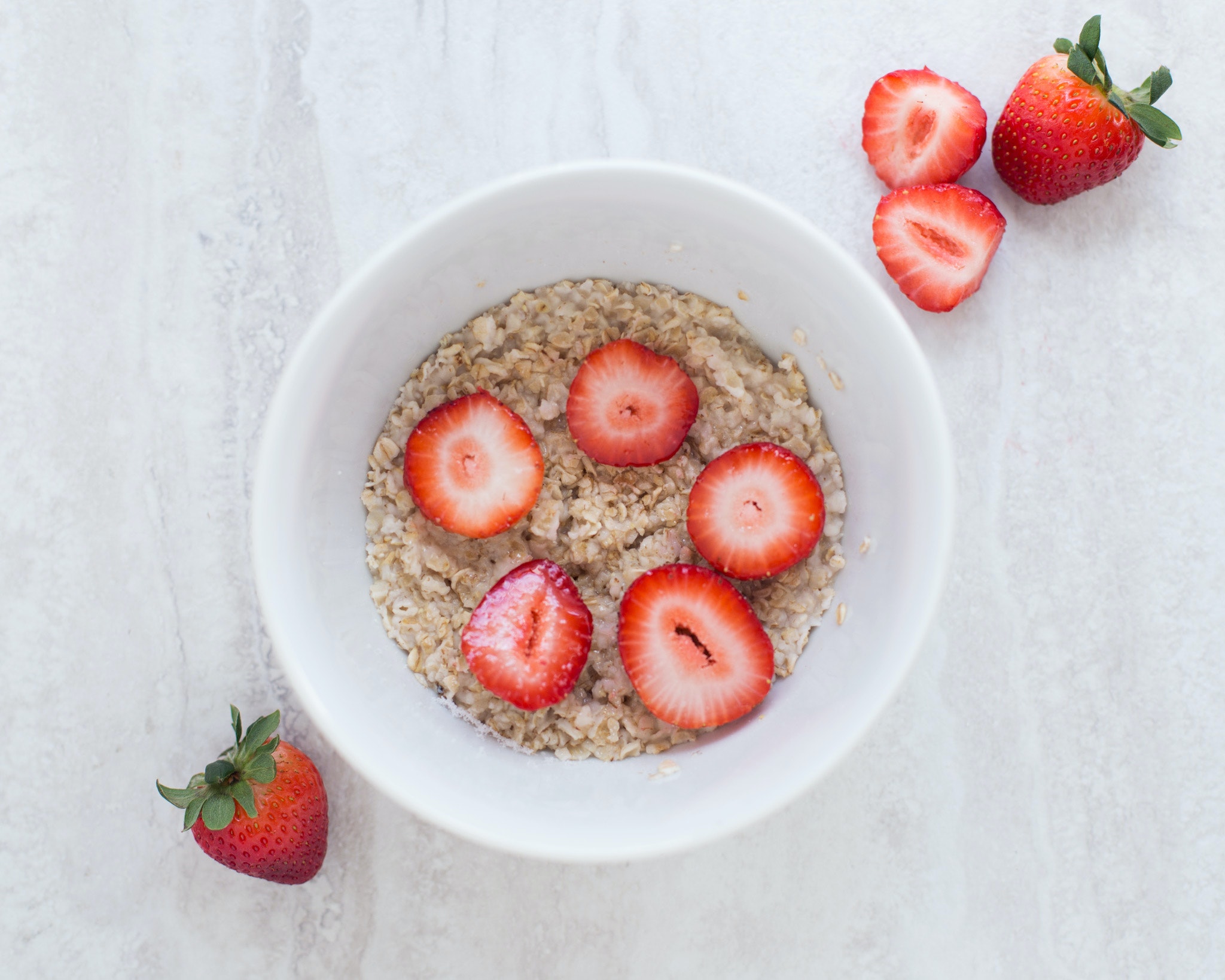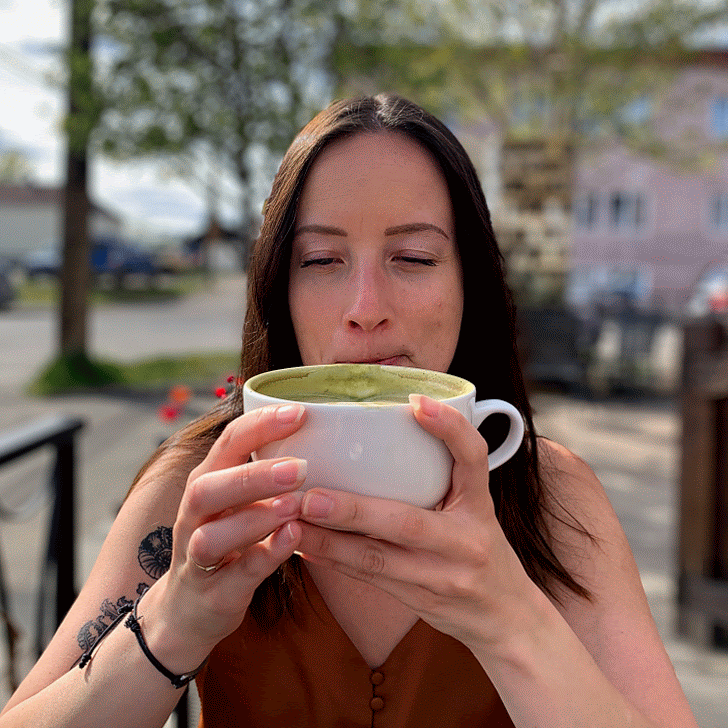Click here to read part one first!
Gluten Disguises
Gluten is in a lot of foods, and I mean a lot. Cross-contamination is probably in a majority of foods in the grocery store aisles. You may know the main things to avoid, such as bread, pasta, soy sauce and beer, but gluten is disguised in many different foods and in some cases is not required to be disclosed for various reasons.
Oats
If I had a nickel for every time someone said, “we can’t guarantee that it’s gluten-free but oats don’t contain gluten” I would have about 75 cents. Oats contain gluten. Plain and simple. This is because of the farming process.
The equipment used for harvesting wheat is also used to harvest oats. There is almost always some level of cross-contamination. Gluten-free oats are allowed up to 20ppm of gluten, while regular oats may contain upwards of 200ppm of gluten. That is far from gluten-free, so I always tell my clients not to worry about being a pain in the butt and double-check what the barista is using because there is a big difference between the two.
Some people with celiac may not be able to eat oats at all. Companies are not required to state that regular oat products contain gluten because the cross-contamination occurs at the farming level and not within their factory. In conclusion, gluten-free oats are mostly gluten-free, oats that do not say “gluten-free” most definitely contain gluten.
Meat
This is one that makes me want to bang my head against a wall. There is no real reason to add gluten to meat but we have done it to make more money, especially with factory-farmed meat. If you are buying meat from a local farm, or even just organic free-range, you are likely in the clear.
With these large problematic factories, fillers are added to the meat to make it more flavourful and tender, and they contain gluten. If you’re hoping to save yourself some time and grab a rotisserie chicken from the grocery store, they are not gluten-free. Don’t shoot the messenger!
Malt
Anything malted is barley. Malt vinegar, malt extract, malt flavouring, caramel colouring, malt beer, malt whiskey, Maltesers, Ovaltine, Milo, etc. I have seen malt extract in chocolate bars and many other common foods.
Yeast
There is a certain irony to gluten-free baking recipes using yeast because yeast is derived from gluten unless otherwise specified. If you find a yeast that specifically says it is gluten-free, it has to be derived from something else, but if it does not say gluten-free, it is derived from wheat. This is important to know when you are looking at an ingredient list and aren’t 100% certain whether it contains gluten or not because this would be a source.
Chewing Gum
Many gums contain gluten, but many don’t. It would be hard to tell just from looking at it. Here is a blog that shows which brands are gluten-free: HERE
Chips
While you may not see gluten on the ingredient list, many potato and corn chips contain hidden gluten under the guise of “spices”. Most flavours of Mrs. Vickies and Doritos contain gluten. Lay’s Chips and Kettle Brand are all gluten-free.
You will want to look them up on a case-by-case basis because they are not required to state that it contains gluten if it does. My favourite brand of chips if I am munchy is Siete Foods for their remarkable ingredients.
Follow for my next post where I will discuss what you can do to avoid getting glutened, and what to do when it happens.
My signature program, HELD is a 12-week one-on-one supported journey that includes testing, a custom protocol, and ongoing support. It is packed with educational content and recipes. Learn how to get on top of our food systems and take back your power.
Testing for Celiac https://www.niddk.nih.gov/health-information/professionals/clinical-tools-patient-management/digestive-diseases/celiac-disease-health-care-professionals
Gut-Immune Connection https://www.ncbi.nlm.nih.gov/pmc/articles/PMC3337124/
Gut Health and Autoimmunity https://www.ncbi.nlm.nih.gov/pmc/articles/PMC6854958/
The Role of Bacteria in Building the gut barrier https://www.ncbi.nlm.nih.gov/pmc/articles/PMC6089582/









